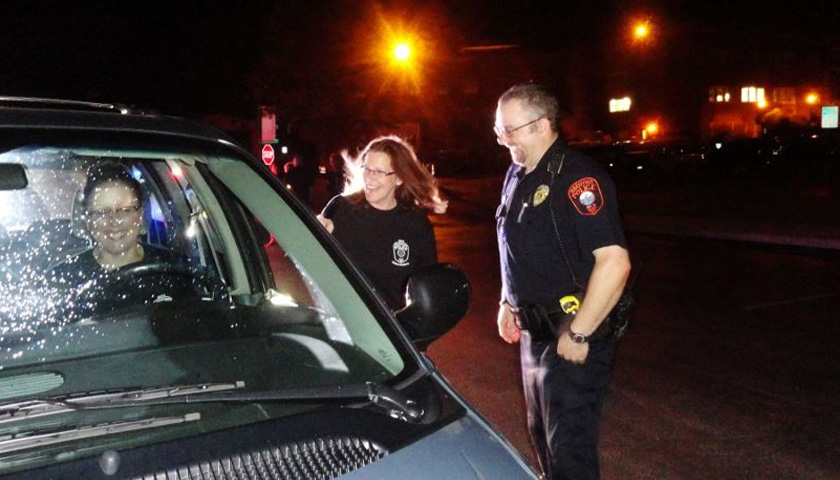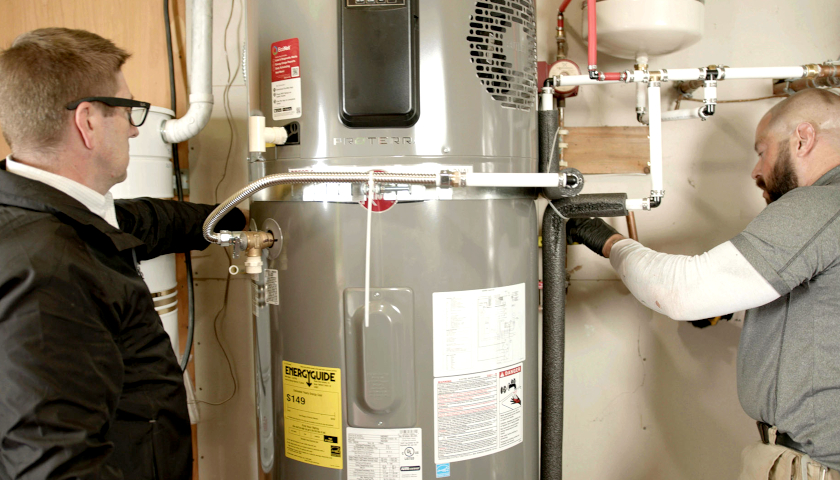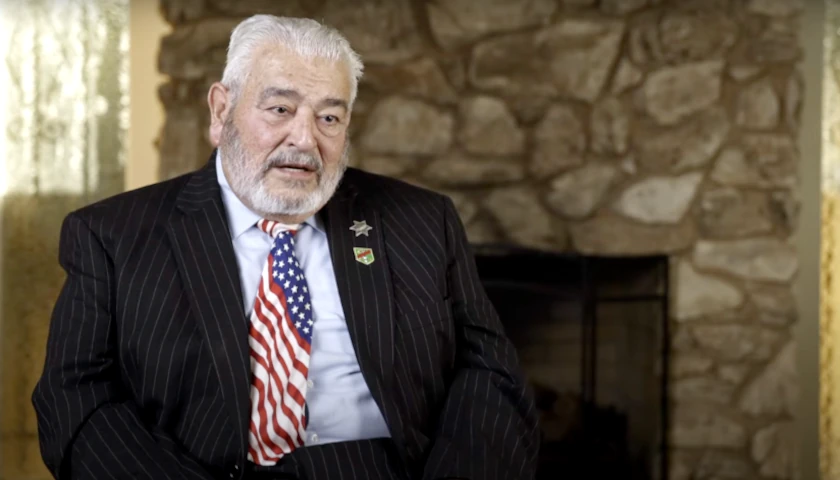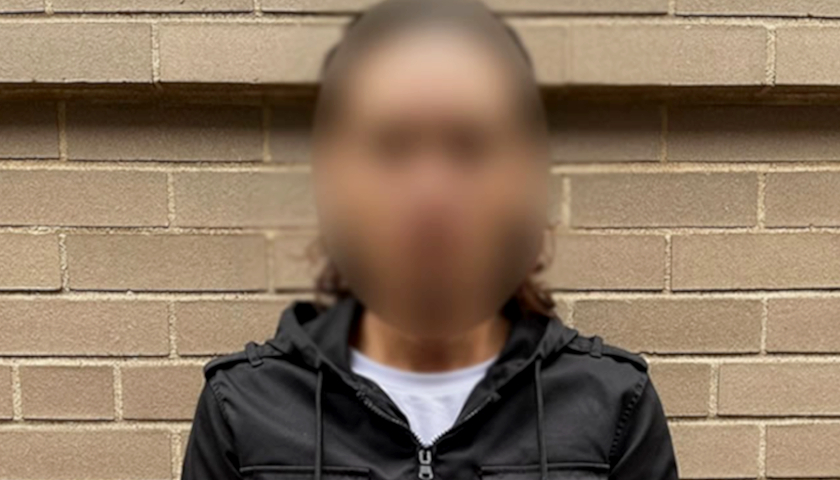by Kimberly James
A new report shows that Connecticut’s law enforcement agencies use force 1% of the time.
The Institute of Municipal and Regional Policy used police use of force from across the state in its report. Kenneth Barone, associate director of the Institute for Municipal and Regional Policy, told The Center Square that the report was a challenge as it is the first of its kind and only the second state-wide analysis of use of force in the nation.
“At the time [of data collection from 2019-2020], there was no standardized form, meaning every department could come up with their own use-of-force reporting form,” Barone said, leaving them with wide-ranging data to compare. “The other problem we had was, at the time, the law was vague in terms of what type of use of force incidents met the threshold for needing to submit a report to the state. Departments made a variety of different interpretations of the law.”
A new reporting system went into effect in July 2022 standardizing the reporting form and the definition of reportable force.
From the data available, the IMRP analyzed just under 1,300 use-of-force incidents from 60 police departments. One finding was that police tend to use force 1% of the time, meaning about two of every 100 people arrested have force used against them. It also revealed that the majority of people who had force used against them were between the ages of 18 and 40.
Barone said almost half of the individuals identified in a force incident were identified by the police as under the influence of alcohol or drugs, and roughly 40% of individuals who force was used on the police identified as in clear mental health distress. Most people involved in force incidents were unarmed and most force that was used was generally lower level.
“Once we have better data, we then need to be engaging policymakers and police leaders in a discussion to say if we’re seeing such a high share of individuals in mental health crisis, are there alternatives to these interactions,” Barone said.
“We’re very cautious not to draw conclusions at this point, but to say we think this is starting to lay out a picture of areas of inquiry.”
Barone said this report should be used as an initial benchmark to guide conversations in future years.
“The ultimate goal is to have a good robust data system that will inform police practices moving forward,” Barone said. “I think next year’s report is going to tell us a lot more. The data had enough shortcomings where I’d say we wouldn’t be making a ton of policy decisions based on this report, but this report does set up future reports and where this state law can go in the future.”
Barone said the IMRP believes that increased police transparency should lead, over a period of time, to increased legitimacy in policing, that transparency is the key to accountability.
– – –
Kimberly James is a contributor to The Center Square.
Photo “Hartford Police Department” by Hartford Police Department.





